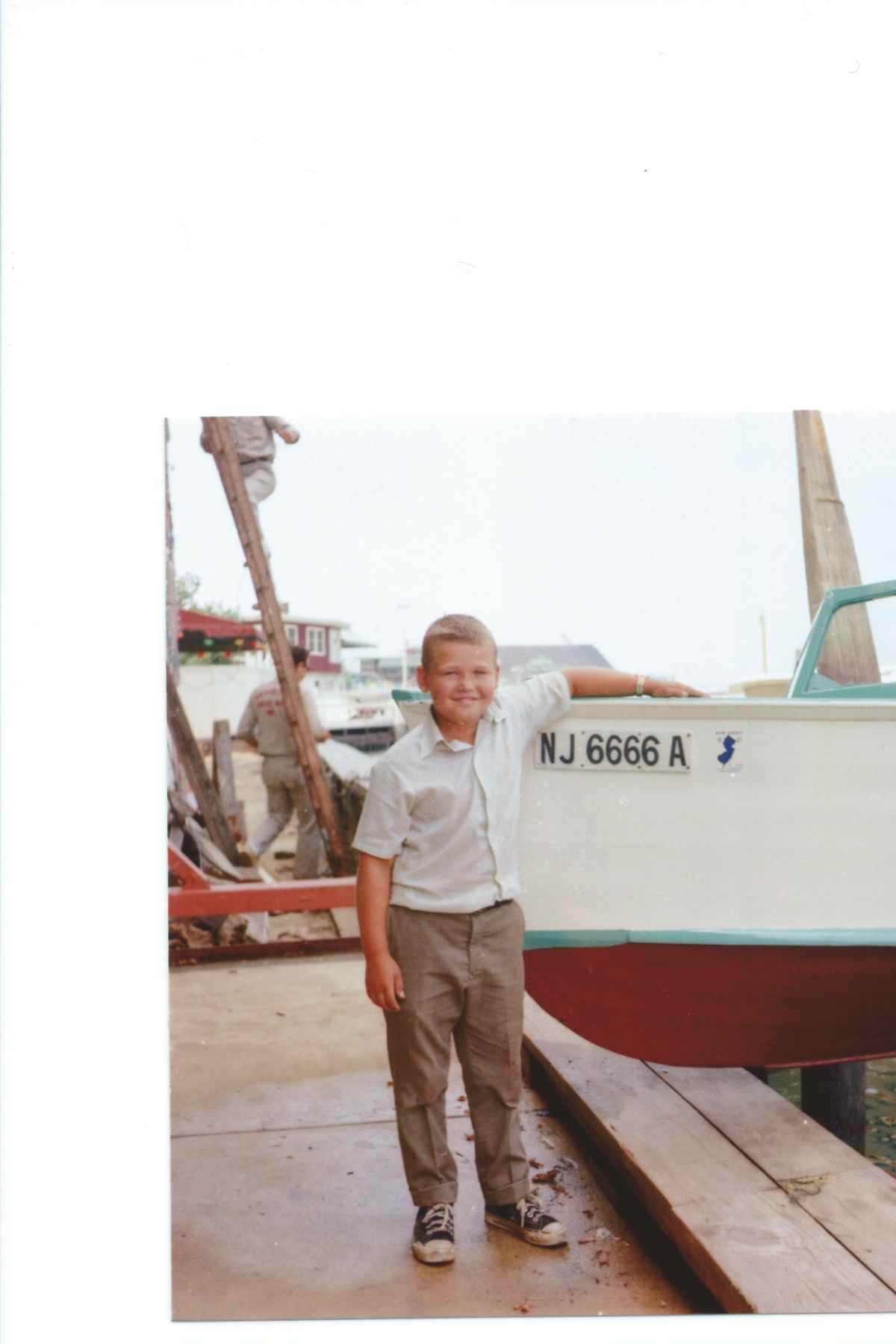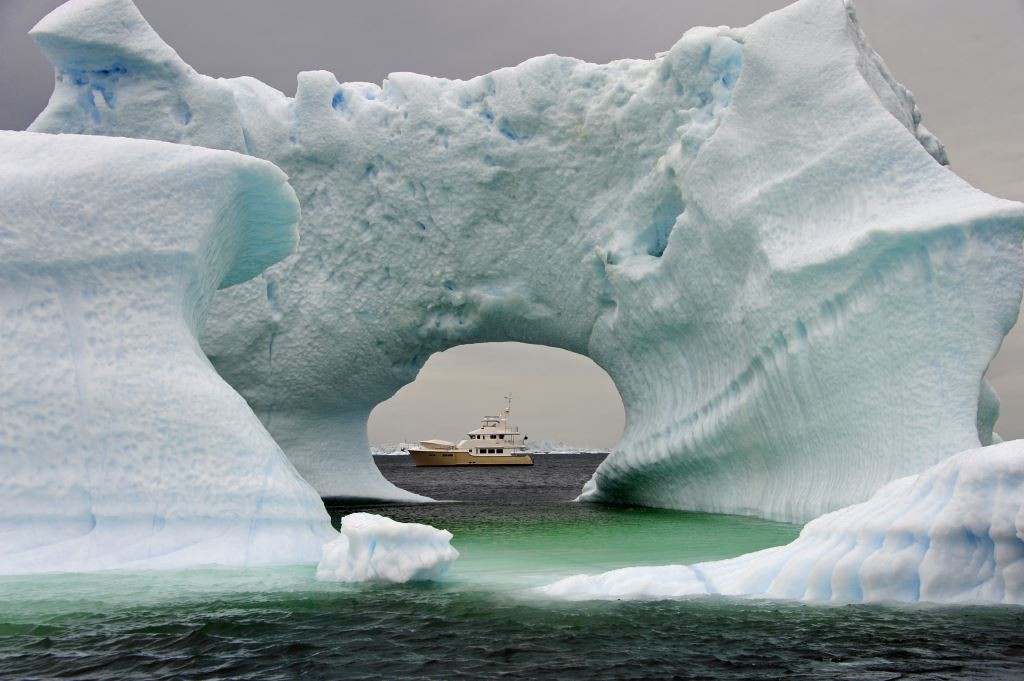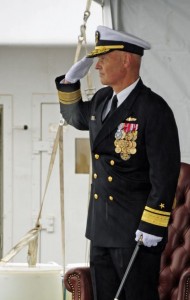Letter from the Editor
There’s nothing like an extended voyage to sharpen one’s technical and aesthetic senses. In my case, such passages serve to keep me sharp, to remind me of why critical systems such as steering, propulsion, electrical and raw water plumbing must receive the necessary design, installation and maintenance attention to detail that’s required to ensure proper operation and reliability. This sort of experience is invaluable, and thus for one who advises others regarding what they should do, and how they should do it, aboard their own boats, journeys such as these are mandatory, and I’ll admit it, I simply love this type of extreme cruising. Such passages also remind me of why so many of you enjoy cruising, the sense of independence, clarity of thought and pure joy that it brings us is why we continue to cast off our lines, and head for the horizon. Finally, they also enable me to indulge one of my passions, photography, and this one presented me with ample opportunities of the Nikon variety.
I spent much of the month of August cruising the west coast of Greenland, aboard the Nordhavn 68 Migration, which belongs to long-time clients and close friends. For a portion of the journey we were accompanied by a Nordhavn 72, Shear Madness, also owned by friends and clients. I assisted the owners of Migration from the concept stage through the build, commissioning and thereafter. As many of you know, high latitude cruising is yet another passion of mine. When opportunities like this one present themselves, I will move heaven and earth to take advantage, and in this case, getting to and from Greenland was no small feat. Needless to say, it’s not easy, however, now that I’ve returned I can also say that it was well worth the time and effort required. One of the aspects of high latitudes that I find so very appealing is their lack of civilization, they are difficult places to live and as a result, few people live there. With the exception of Antarctica, Greenland’s coast is the most desolate, and beautiful, that I have cruised, mile after mile of virgin sea, ice and mountain, untainted for the most part by humans. While it offers stunning vistas, it’s not for everyone, sea and air temperatures rarely left the low 40s and it rained frequently. The bulk of cruisers head for the sun, and understandably so, however, I’ve never professed to be one who followed convention. I’ll write a full description of this passage in an upcoming column. In the meantime, you can read all of my log entries, and view many photos from the passage at the SDMC Facebook page, https://www.facebook.com/stevedmarineconsulting
This month’s Ezine article is written by colleague, friend and consummate seaman Mark H. “Buz” Buzby, Rear Admiral, US Navy (ret). Buz is about as salty a seafarer as you will find, no pencil pusher, he’s commanded ships great and small, including his own. I’ve known Buz for nearly a decade, since supervising work on his classic wooden 1970 Grand Banks Alaskan, which he acquired in 1984, when he was a young lieutenant. I believe his column about the value of seamanship, and how it is inextricably linked to safety, is well worth the read. I hope you’ll agree.
Good Seamanship Makes for Good Safety
Text by Mark H. Buzby
Copyright 2014
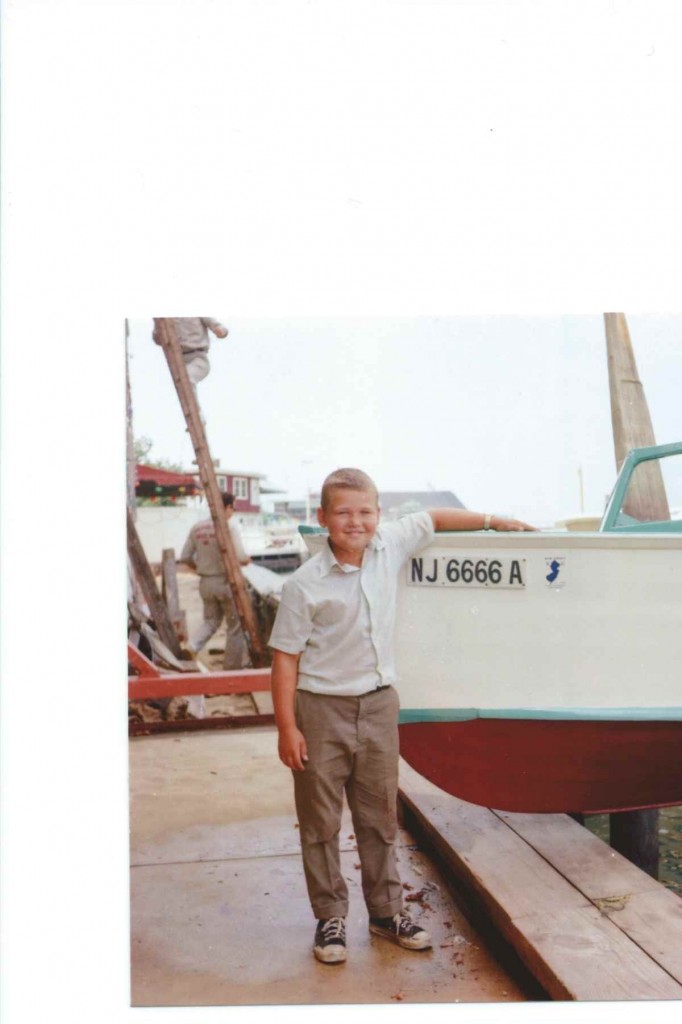
The Summer of 1966 was a big one for me – I got my first “command:” a 16 foot cedar planked runabout with a pull-start 35 hp Johnson outboard. For a 10 yr old kid growing up around the back bays of South Jersey, it didn’t get any better; I thought I was captain of a Navy destroyer (what I wanted to do some day…).
Probably my third time underway on my pride and joy, I was steaming down Broad Thoroughfare near Somers Point, NJ at 20 kts when I came upon two black can buoys (green these days) well over to one side of the waterway. Not hesitating a second, I proceeded down the “wide” side of cans – and promptly went quite firmly aground in about a foot of water. An inglorious beginning to a seafaring career!
After shoving the boat off the sandbar, I headed back to the dock with a dinged up prop and my tail between my legs. I was done boating for a while until I could earn money for a new screw. I realized then and there that there was more to it than just casting off lines and shoving the throttle forward. I enrolled in a US Coast Guard Auxiliary Basic Seamanship course, beginning a personal continuum of seamanship education and training that continues today.
Early in our Nation’s seafaring history, professional mariners who plied the oceans and faced the many challenges of the deep were a hearty breed indeed. Given the lack of technology, a seaman had to have a highly developed set of seamanship skills to operate the ships of that era and to stay alive – let alone arrive at their destination! A high compliment from one sailor to another was that “He knows his 5 L’s” – latitude, longitude, lead, lights and log – the basic skills of the day.
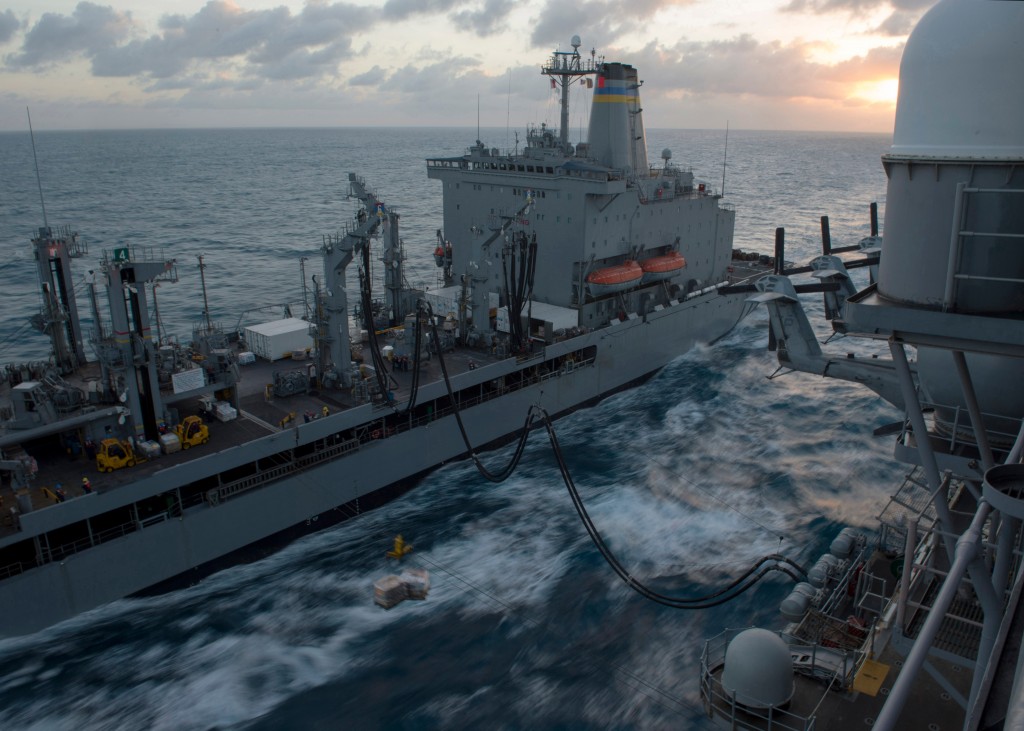
Fast forward to today; going to sea has evolved from strictly a means of transportation and commerce practiced by professionals into a recreational activity practiced by millions. Technology has enabled efficient new hull forms, higher speeds, and more accurate position fixing. Today we go to sea in comfort and safety unknown even a few years back.
In my 34 years as a surface warfare officer in the United States Navy, and nearly 50 years as a recreational boat owner and operator, I have observed a decided lack of the “5 L’s” being employed by many who take to the sea, often endangering themselves, their passengers, and other vessels around them. It seems to many, the 5 L’s are: Libation, Lots of speed, Lack of training, Lookout- here I come!,and Little common sense. I am sure many of you have seen the same thing. Heck, I was one of those people back in that summer of 1966!
Strong seamanship skills still are the basis for a safe voyage – whether it is in a jet ski, a cruising boat, or a thousand-foot container ship. But exactly what is Seamanship anyway?
Simply put, Seamanship is that collection of skills required to safely and effectively operate a vessel whether in port or at sea – navigation, shiphandling, weather, rules of the road, marlinspike seamanship, anchoring and mooring, maintenance, safety, and more. It encompasses every aspect and skill for the safe operation of the vessel….Good Seamanship is good safety.
In the commercial world, and in the Navy and Coast Guard, good Seamanship skills are so critical to the safe operation of those vessels, that there are licensing standards and practical qualifications which must be met before someone can serve aboard one of those vessels. The equipment is too large, the forces at play too great, and the work too critical to risk a haphazard “seat of the pants” approach to seamanship. Education, training, and experience are key elements to building strong seamanship skills.
While the scale of our vessels is much less than the big boys, the dangers from poor handling and sloppy navigation, overstressed lines and equipment, poor maintenance, and operating in conditions beyond the vessel’s or crew’s capability can get you and your crew injured -or worse- just as easily as on a large ship where those issues are present. Well-honed seamanship skills are not just for the professionals; I would argue that anyone who gets underway needs to be the best seaman he or she can be.
Why? Because when you head out on the water, you are entering a domain where you have much less control of your environment than on land. A nice calm day can change fast, and nascent seamanship abilities that were adequate to operate your vessel in those benign conditions may be woefully inadequate to deal with the conditions that Mother Nature may force upon you from even a passing squall on Chesapeake Bay in the summer, or the cresting wake of a large passing vessel. Conditions at sea change with amazing speed. I’ve seen it go from dead calm to seas breaking over the bow of my 505 ft destroyer in minutes.
Understandably, there can be some reluctance to introduce “structure,” “regulation” and “study” into what for many is a very unstructured and enjoyable form of recreation. Almost anyone can just hop in and go – why make it more complicated? Because it can be dangerous, even in the bay aboard a small craft. According to US Coast Guard statistics for 2013, there were 4026 accidents involving recreational vessels resulting in 560 deaths and 2620 injuries. Collisions with other vessels, flooding/swamping, and allisionswith fixed objects were the top three causes. All of these are Seamanship issues!
So what can you do? If you are new to vessel ownership or contemplating getting your feet wet, I would strongly encourage you to start by taking one of the superb Boating Safety courses offered by your local US Coast Guard Auxiliary or US Power Squadron. Additionally, there are a number of private USCG-approved education opportunities to be found by searching “boating education.” (The Annapolis School of Seamanship is one such option). If you want a more practical approach, there are a number of seamanship schools that offer hands on practical seamanship instruction in your boat or in one of theirs. These are excellent ways to build good practical seamanship skills.
For old salts, I would encourage you to take advantage of advanced professional courses when available, and seek every opportunity to get underway in different types of vessels with different characteristics in different bodies of water. After being at it as long as I have, in vessels from Lasers to aircraft carriers, I still learn something new from every vessel I set foot aboard – they all have their lessons to teach – and every mile under the transom adds to your experience. Underway’s the only way!
Good Seamanship skills make for a safer voyage and a more enjoyable time with Shipmates.
So, Captain: how are your Seamanship skills…do YOU know your 5 L’s?
Mark H. “Buz” Buzby recently retired as a Rear Admiral after serving 34 years in the US Navy. He attended the US Merchant Marine Academy, where he was Commodore of the Sailing Squadron, and went on to command a destroyer, a destroyer squadron, and a fleet of 170 ships as Commander, Military Sealift Command. He holds an unlimited tonnage Third Mate license. These days, he commands his 44 year old Grand Banks Alaskan trawler Jerry Land which he has owned and maintained for the past 30 years.

